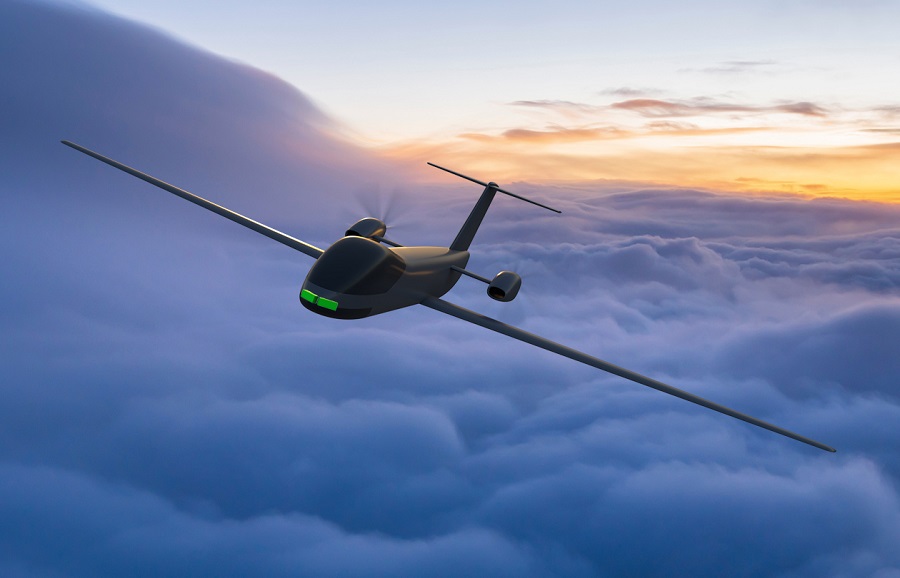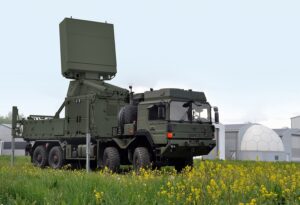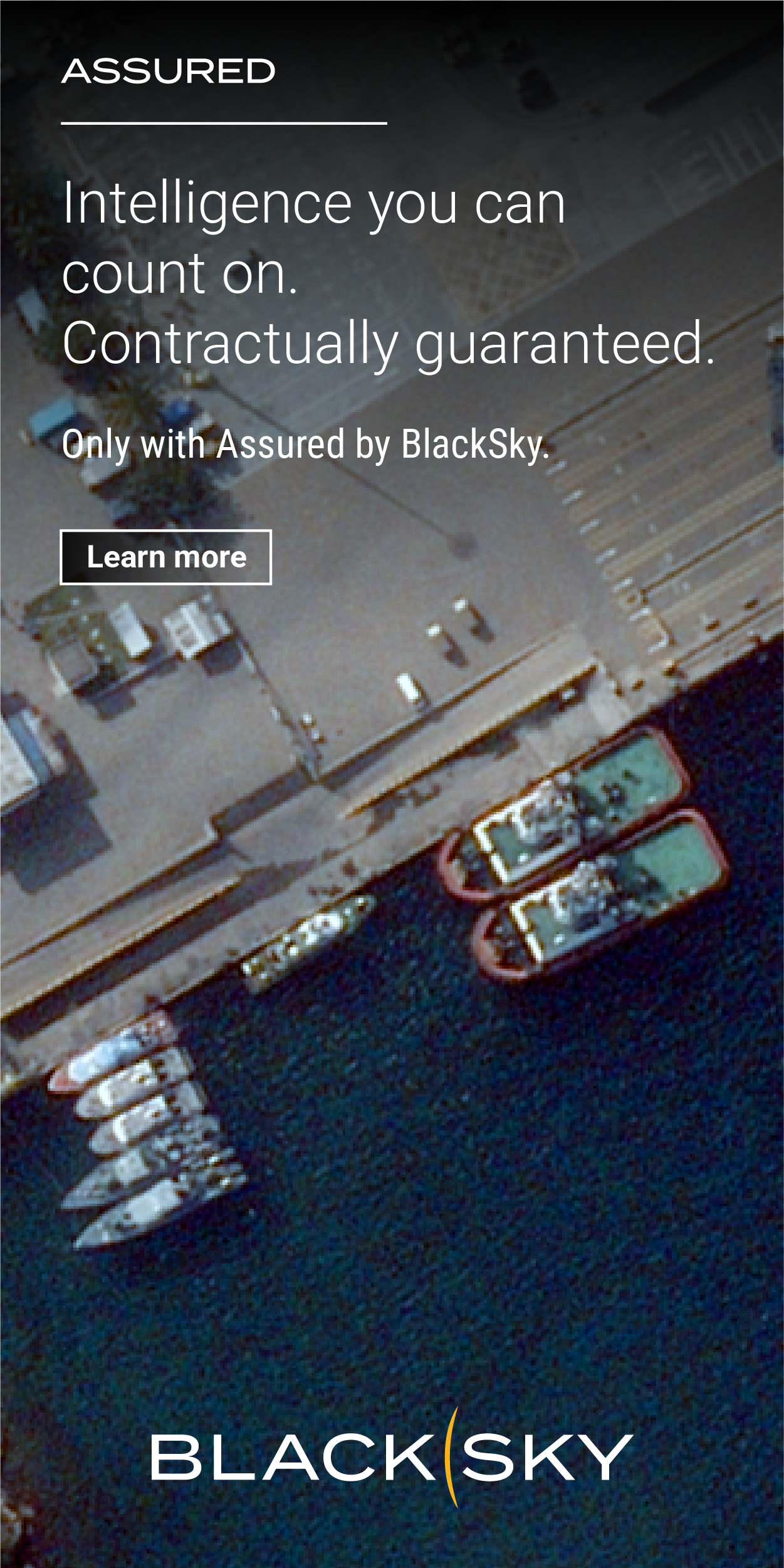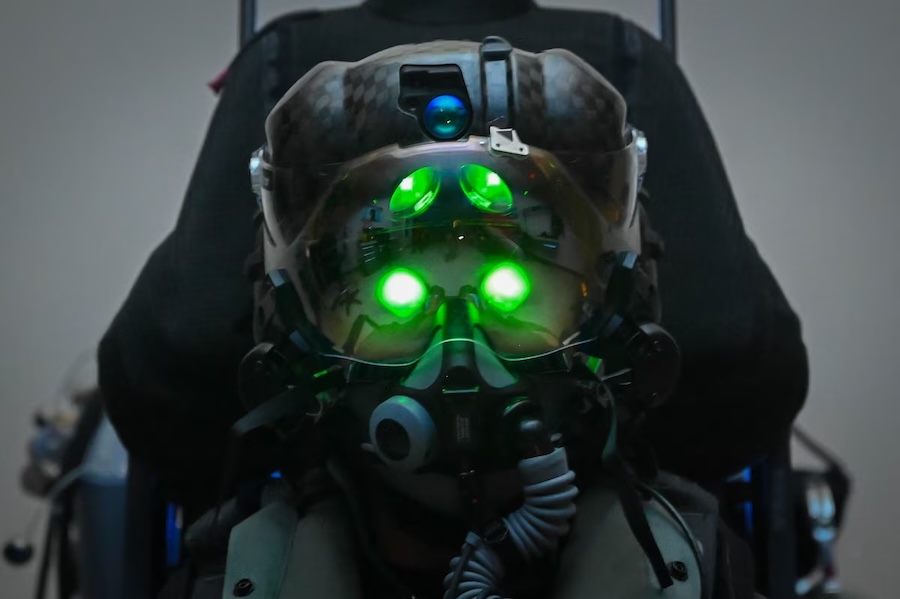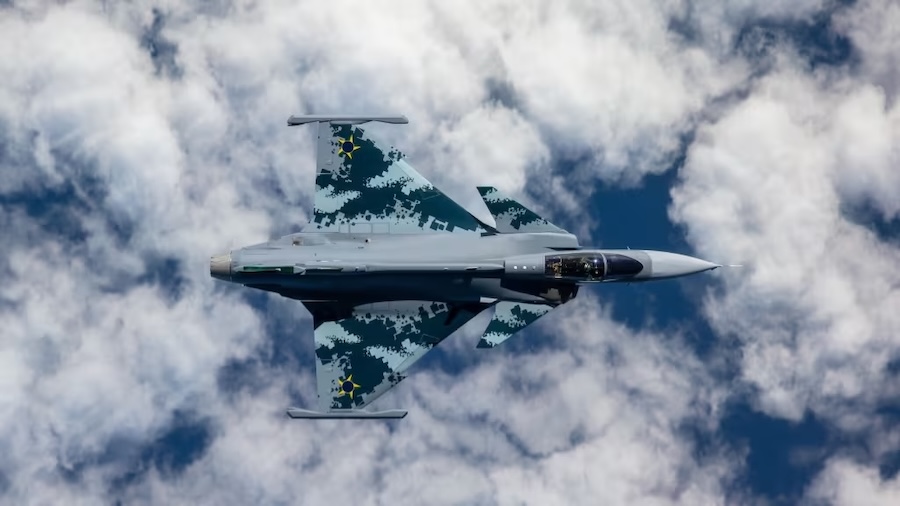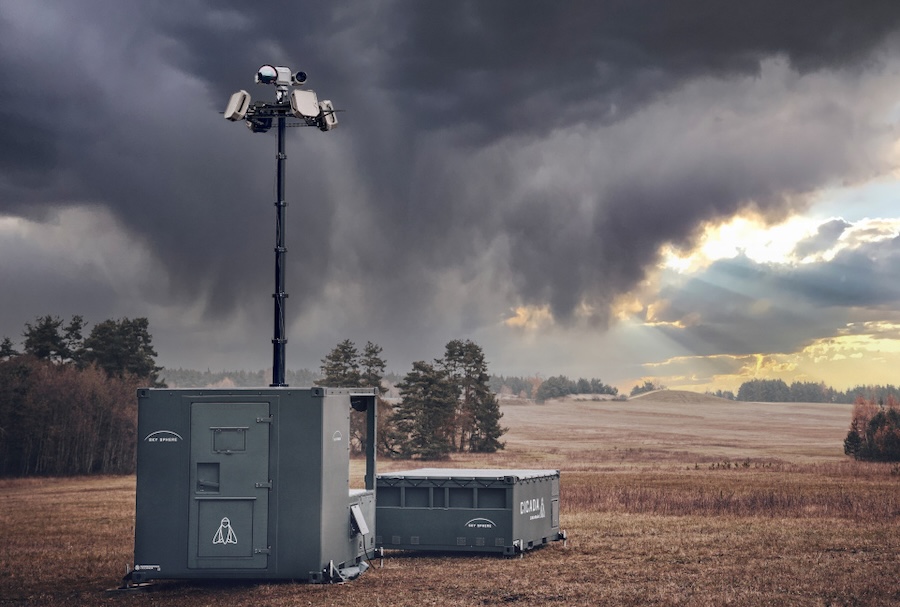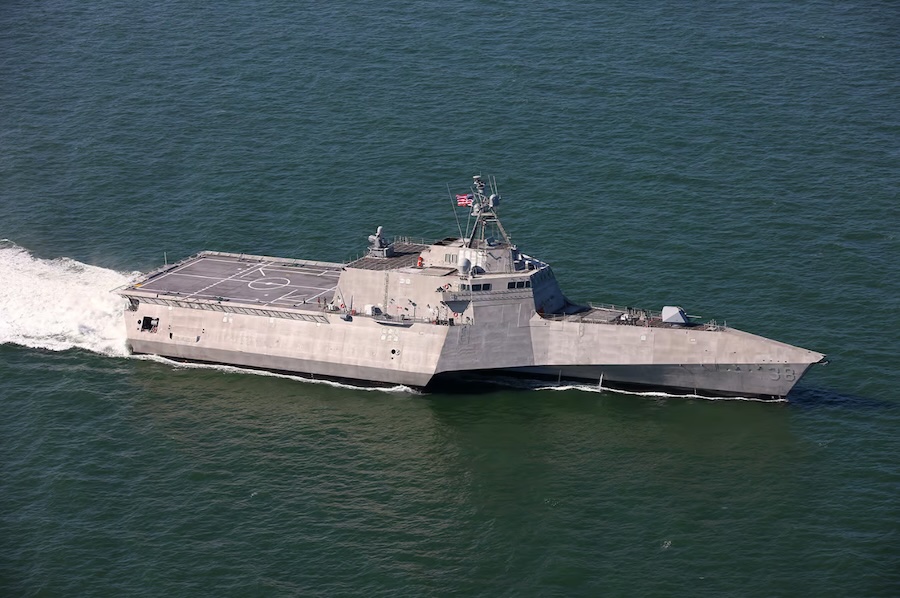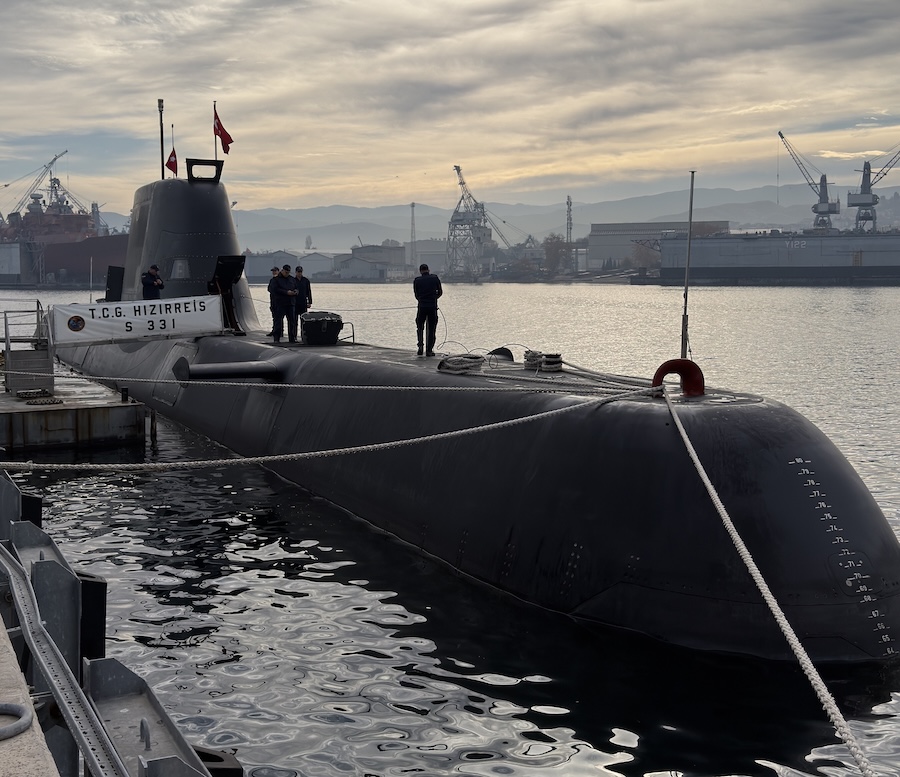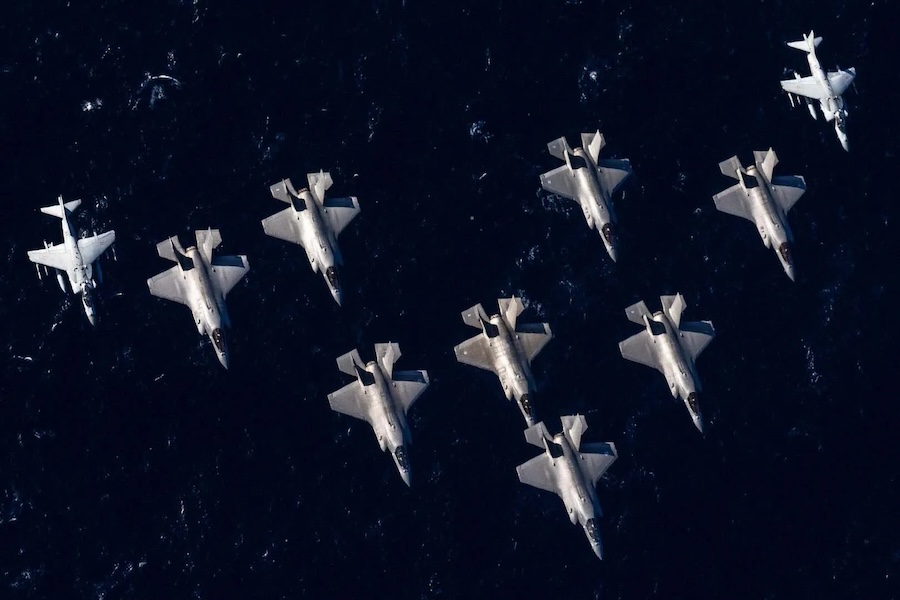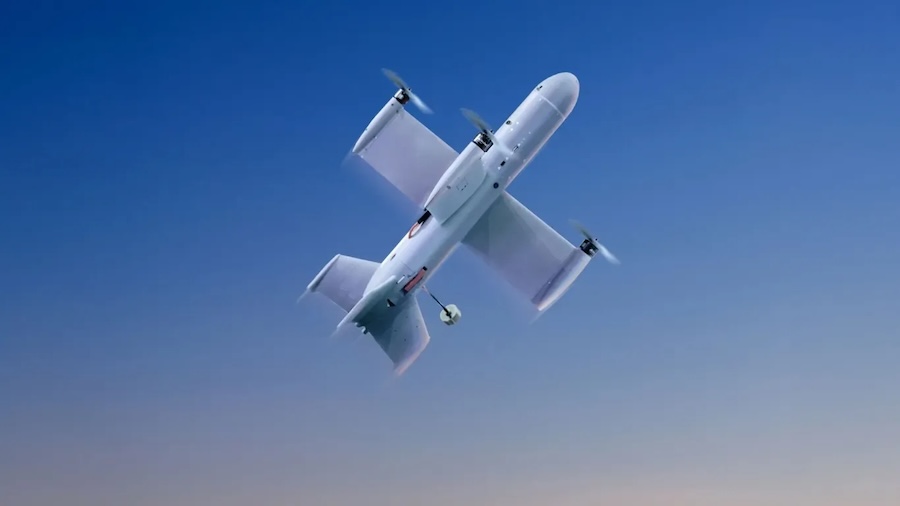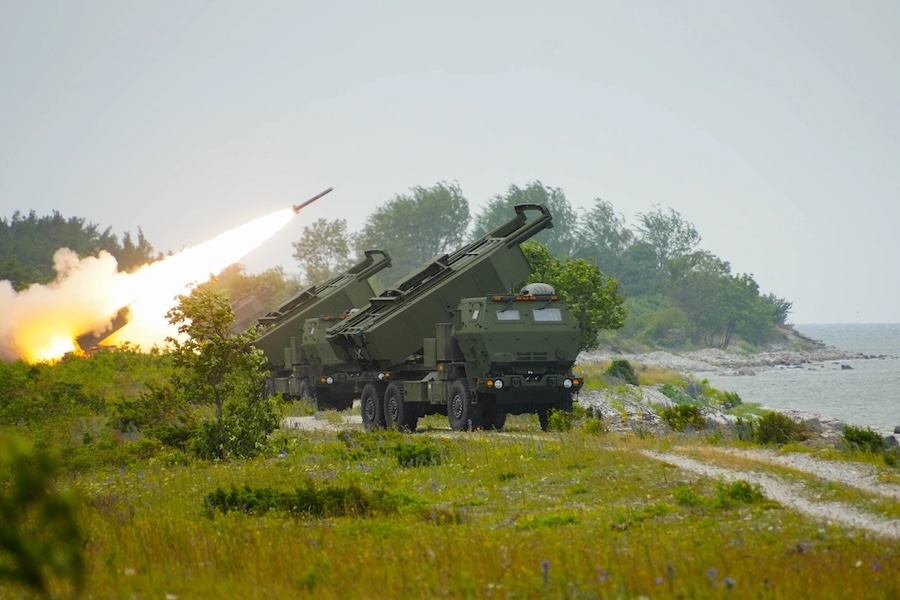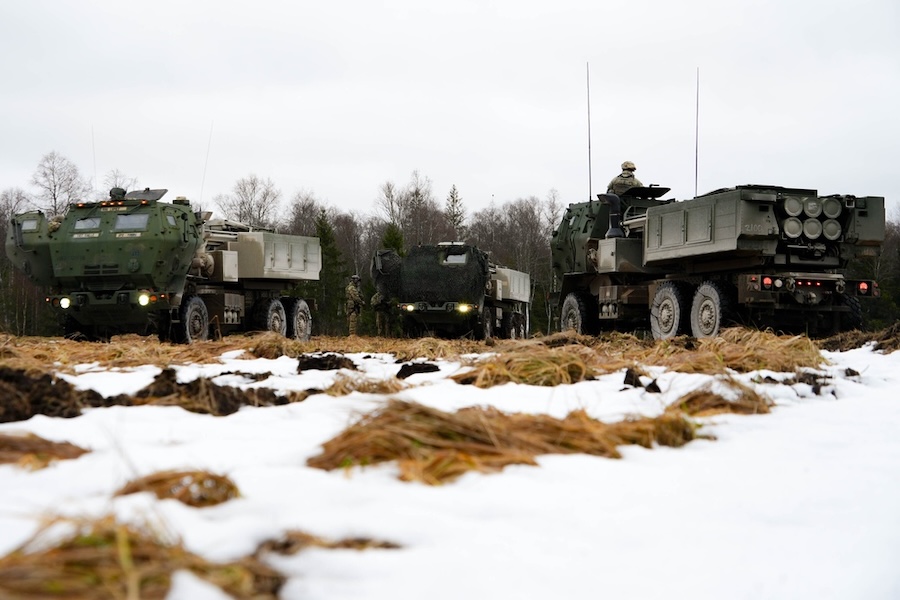In the future, the European MALE RPAS (Medium-Altitude Long-Endurance Remotely Piloted Aircraft System) drone system, known as the Eurodrone, will perform all tasks of airborne imaging and signal-gathering reconnaissance and surveillance. Close air support of ground forces is also planned. Thus, the Eurodrone will strengthen European sovereignty with independent competence in the field of unmanned aviation.
As a lighthouse project of the European Defence Fund, the Eurodrone is being developed under German leadership together with France, Italy, and Spain, thus underlining Germany’s role as a responsible foreign and security policy player in NATO and the EU. After the second implementation agreement for the Eurodrone is signed in 2022, the first examples are expected to be delivered in 2029. The Eurodrone must then be able to detect other aircraft independently and avoid them. HENSOLDT is working on the technology required for this.
With its “Detect and Avoid” (DAA) system, consisting of several radar sensors and collision avoidance software, HENSOLDT is already creating the technical prerequisites for integrating drones into the airspace of the future. The company is thus serving a dynamically growing market: Unmanned aerial systems are playing an increasingly important role in both military and civilian applications. For civilian uses alone – for example, rescue missions, terrain mapping, or logistics applications – it is estimated that more than 2.5 million drones will be in use worldwide by 2025. Around 100 nations are already using drones in military applications.
DAA Radar – Better Than the Human Eye
HENSOLDT’s DAA main radar uses the Active Electronically Scanning Array (AESA) technology, which covers a span of 220 degrees up to a distance of 20 kilometers. The technology combines ultra-high-resolution surveillance of the entire airspace with fast automatic detection and tracking of other airborne systems. In addition, it can sense the ground, thus improving navigation, and even be used as a landing aid. With additional features such as weather detection, it supports drone navigation through turbulence in the vicinity of storms.
Dietmar Klarer, Head of Novel Radar Systems and Concepts at HENSOLDT, says: “Its scalability makes HENSOLDT’s DAA radar suitable for small, civilian aircraft such as helicopters and unmanned aerial cabs as well as large military drones. In military use, it also offers increased resistance to jamming attempts. Thus, HENSOLDT’s DAA radar replaces the pilot’s perception with a technical system that is far superior to the human eye – both in range and in accuracy and probability of detection.”
First Test – Passed Successfully
In cooperation with the German Aerospace Center (DLR), HENSOLDT has integrated its DAA radar into a research aircraft and has already tested it several times. Under the supervision of a safety pilot, it demonstrated its capabilities. The result: The DAA radar reliably detected other aircraft taking part in the test and successfully initiated evasive maneuvers. At a distance of up to 20 kilometers, it was able to successfully detect and track the aircraft.

European Collaboration – Developing International Standards
As an integrated component, the DAA radar can be combined with other components of HENSOLDT’s comprehensive DAA system: optical sensors, transponders, a collision avoidance system, and command and control data systems. All data is then merged in the DAA computer, providing an all-encompassing information base.
HENSOLDT is also involved in the joint development of DAA systems in several national and European projects. Among others, HENSOLDT provides the DAA radar for EUDAAS (European Detect and Avoid System) – a project to develop a European standard for detection and avoidance for safe use in large military remotely piloted air systems in European air traffic. The first flight tests are planned for 2024.
In addition to the DAA system, HENSOLDT is developing sensor equipment that can be integrated into a pod to give the Eurodrone a signal reconnaissance capability. The contract to implement and test a demonstrator worth approximately 15 million euros was awarded by the German Federal Office of Bundeswehr Equipment, Information Technology and In-Service Support at the end of 2022.
In addition, HENSOLDT is involved in initiatives such as ACAS X (Airborne Collision Avoidance System) with the aim of designing and defining European standards for this technology and then bringing them into line with other international standards – in particular those of the US Federal Aviation Administration.
The Next Step – Faster, Higher, Farther
Due to the growing demand for DAA systems, development of the next generation of technology is in full swing at HENSOLDT. A new DAA system with a multiple-input multiple-output (MIMO) radar is expected to provide 360-degree coverage when mounted in the nose of the aircraft and will also be able to detect obstacles in limited visibility and smaller drones. In military applications, it could additionally indicate enemy attacks. Significantly smaller than the current DAA radar, it can also be combined with a second, even smaller radar mounted on the side of an aircraft to provide additional coverage of the immediate area.
As part of the air research programme of the German Ministry of Economic Affairs, HENSOLDT is already investigating the application of MIMO technology for aerial cabs and helicopters in urban environments as well as in wider airspace. This will include developing and testing the linking of the system’s DAA capabilities with other radar systems for tracking, data transmission, and control. The first flight tests in collaboration with the German Aerospace Center are also planned for 2023.
Source: HENSOLDT’s Annual Report 2022.



